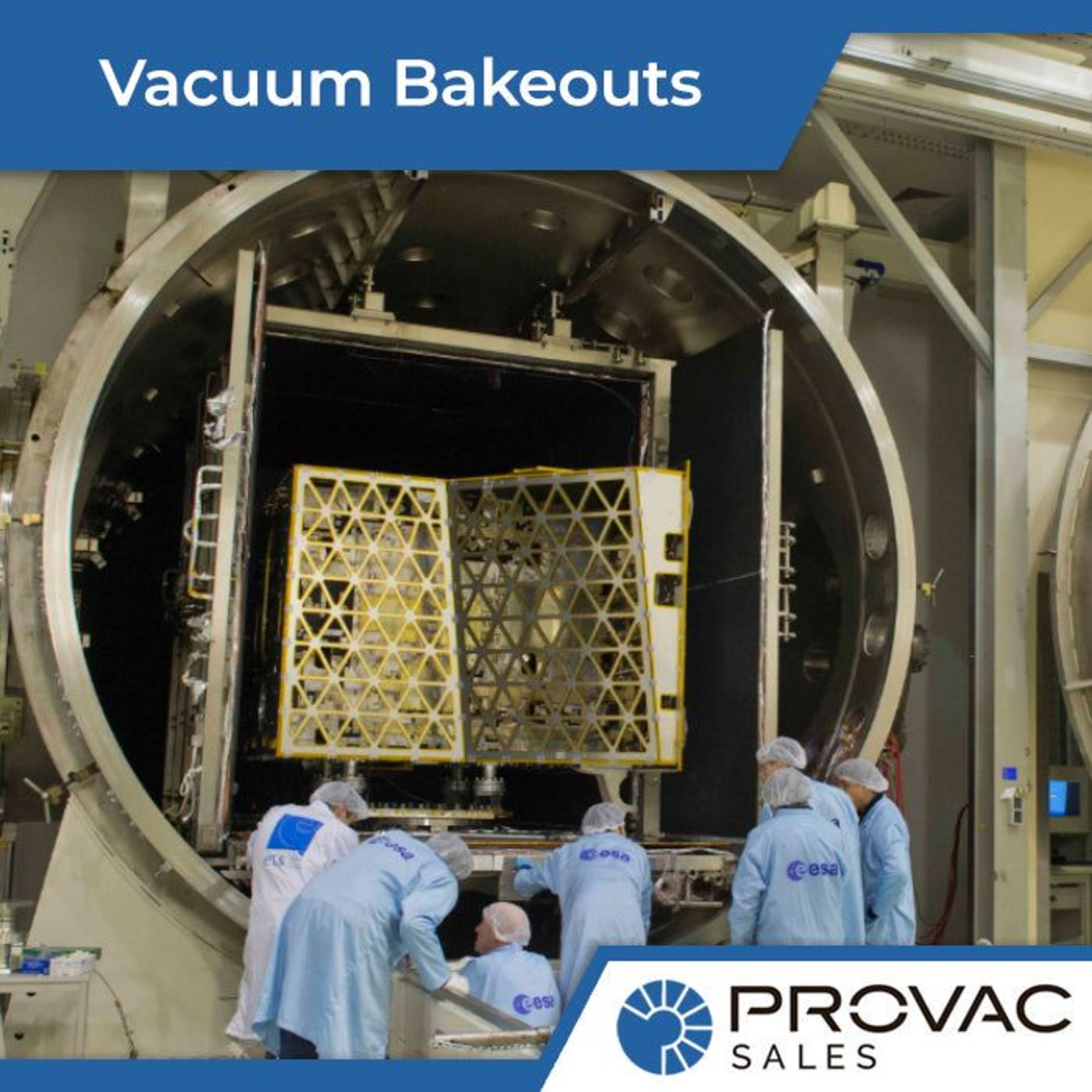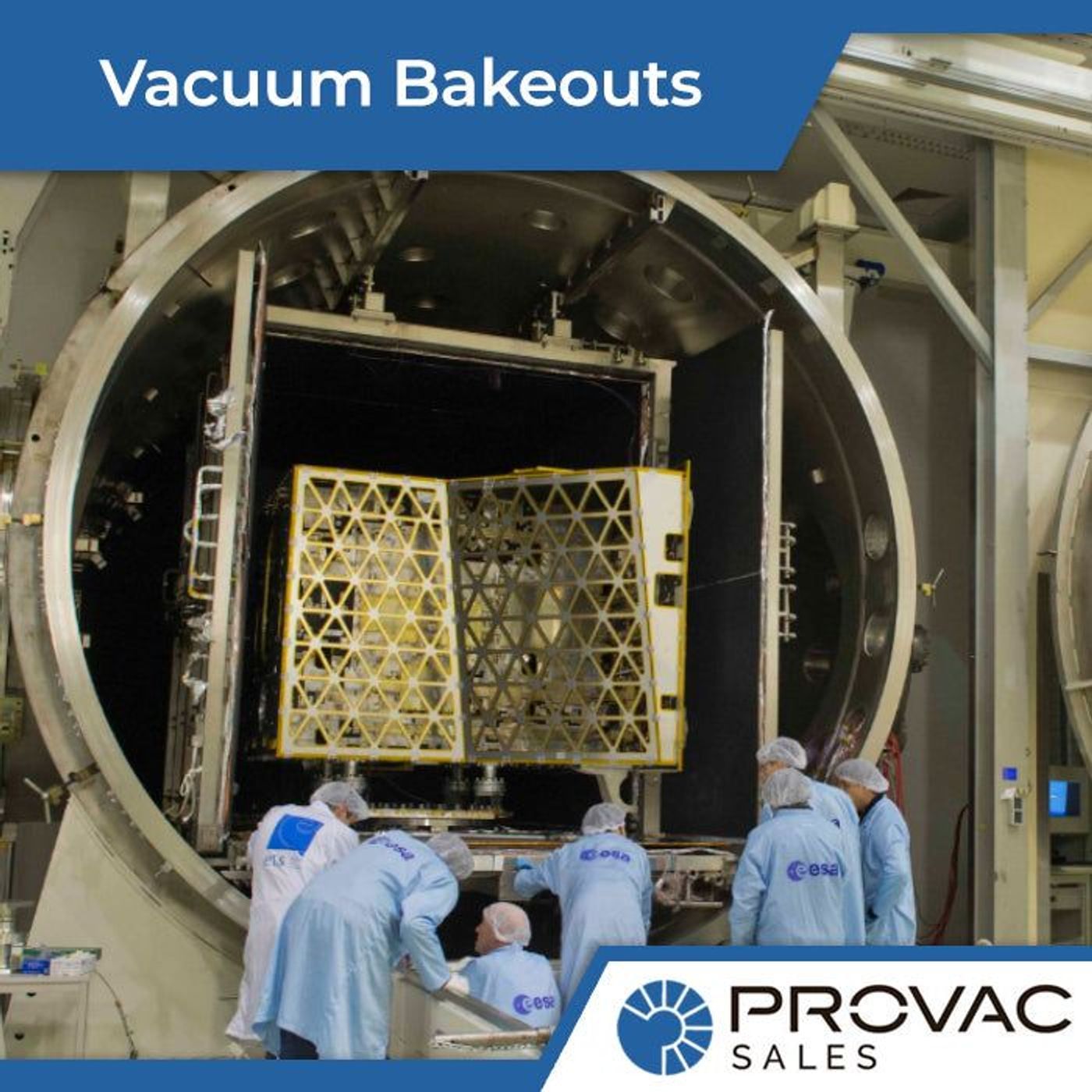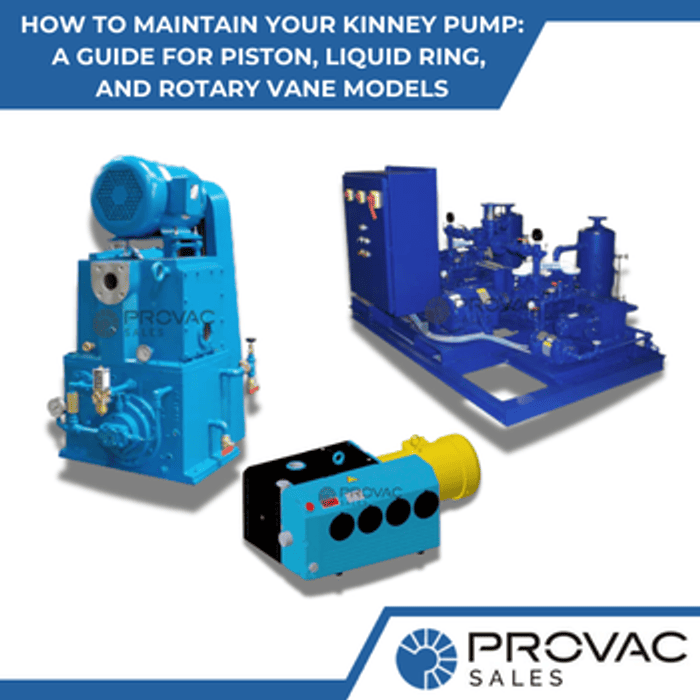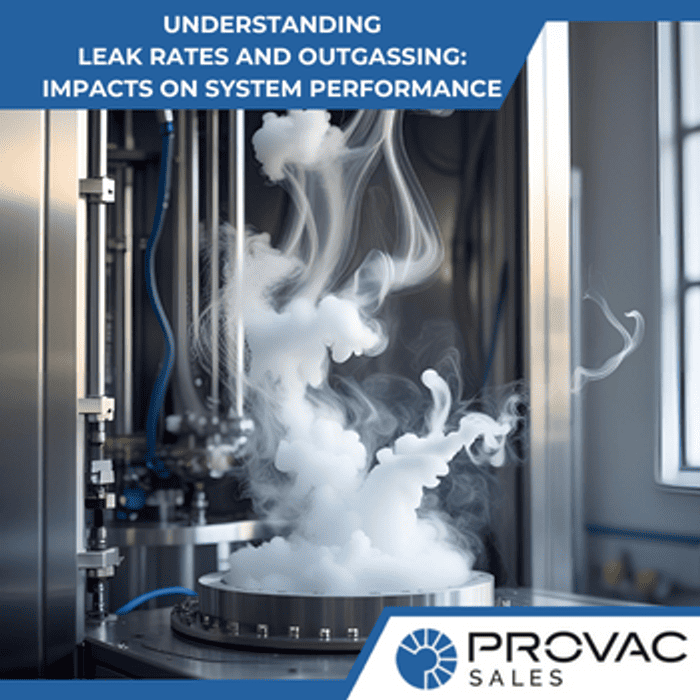A bake-out is a process used to remove volatile compounds from materials, objects, and spaces, often using vacuum and high heat to achieve this objective. It is used in many areas of fabrication, technology, and even in building construction.
How does a vacuum bakeout work?
The slow release of these volatile compounds, which would occur normally, would cause discomfort due to their odor or lead to irritation, as would happen in buildings where building materials, like paints, are used due to the solvents in paint and other building materials and affect the air quality. In other situations, the slow release of volatile compounds can spoil a vacuum, or contaminate the contents in any vessel or container, and these need to be removed with the process of bake-out that artificially accelerates the removal of harmful gases. As an example, electrical insulation paper is baked dry, without vacuum, to remove any water, as this water can degrade the insulation properties of any oil used. The paper is then placed in insulating oil.
The process
Bake out is a part of a manufacturing process used in semiconductor fabrication, vacuum tubes, particle accelerators, and similar things that need this process for ensuring the quality of the manufacture. During this process, the parts or devices are placed in a vacuum chamber and heated by heaters that have been built into the chambers. This drives out the volatile compounds, and the gases are then removed by the continuous use of the pump that creates the vacuum. This drying out of the compounds can occur naturally in a vacuum, but the moisture present can lead to the formation of ice that can reduce temperatures and reduce the drying out. That is why it is necessary to apply heat during the process so that ice is not formed and the drying out process is hastened.
The process of vacuum drying is an operation that uses low pressure to help in the removal of any moisture from any substance. It is a better process than using high heat alone to dry products, as this can lead to hazardous situations or damage to the product being dried. When liquids are subjected to a vacuum their boiling point gets reduced, and combining the process with heat can allow it to reach the vapor pressure of water. The vacuum is also needed to remove any gases that are released, so that they do not condense and wet the product being dried, once again.
Vacuum drying
This process of vacuum drying is used while manufacturing pulp and paper products, pharmaceuticals, minerals that require to be granulated or powdered, many food products, and the manufacture of parts made from resins and plastics. When products are vacuum dried in a vessel, the temperature in the vessel must be such that it is raised from the ambient to the point where the gases that need to be removed are easily produced. This can be done by the process of bake-out where the heat applied, often through electrical elements, is enough. Insulating the vessel can help in retaining the heat produced so that the off-gassing is better promoted.
Many research and development tests conducted in laboratories require materials that are free of water vapor, gases, and other contaminants. The process of a vacuum bakeout helps in the removal of contaminants. A temperature of 200 degrees Centigrade is normally used for a vacuum bake-out process. This removes all impurities from vacuum baked components and allows systems that need to have ultra-high purity for the conduction of tests to be carried out without any fear of contamination. The heat used in bake-outs helps in the release of the impurities from components, while the closed vacuum chamber and the use of a vacuum pump help in the removal of the impurities.
Insulation of these vacuum chambers can be done through custom cloth heating jackets that fit all around the outside of the vacuum chambers and can also be used to provide the heat that is necessary. These cloth heating jackets ensure that the surface of the chamber has intimate surface contact so that the heat that the entire heated area receives is consistent. Built-in insulation leads to maximum efficiency, helps in reducing the loss of heat, and can use very high temperatures of hundreds of degrees with very tight tolerances.
When any vacuum bakeout system needs to be designed, what needs to be taken into consideration is the bake out temperature, the distribution of the temperature, and the time the temperature needs to be applied. Temperatures of between 300 and 400 degrees Centigrade are ideal for bake-outs and require the use of high-temperature insulators and insulating tapes made from fiberglass. The temperature distribution is critical during vacuum bakeouts, as cool spots on objects can lead to not all the impurities being expelled. The timing of the heating operation can easily be controlled and depends on the objects that are being subjected to the vacuum bakeout process.





